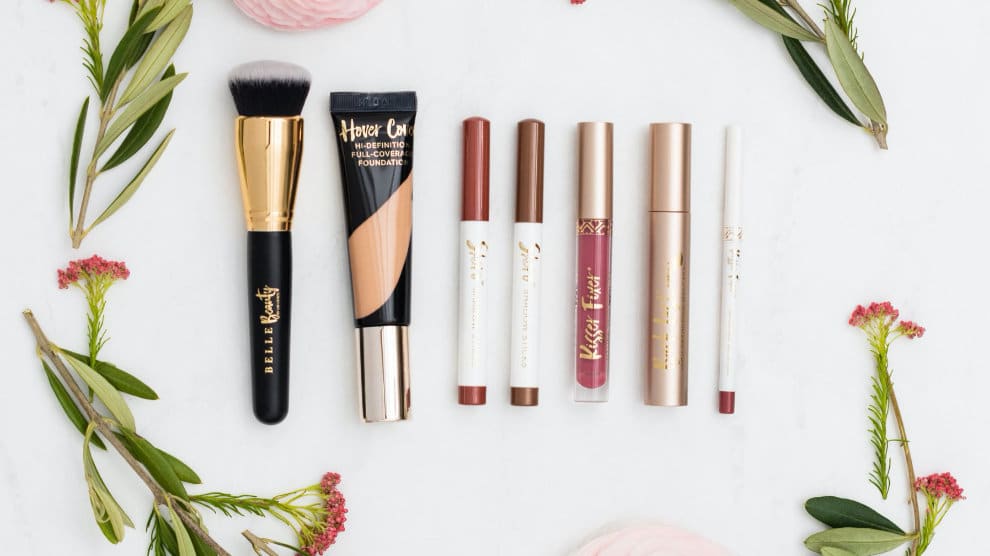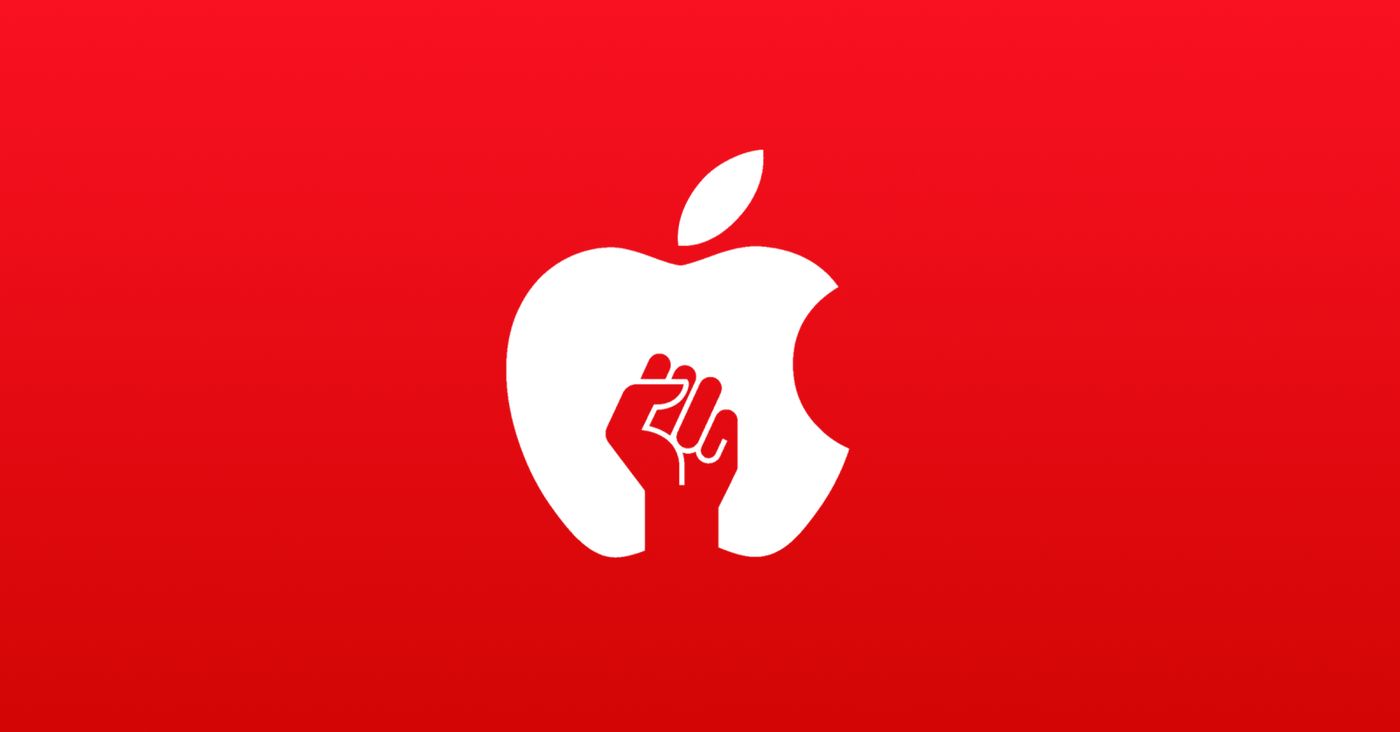Nicolas Krafft, Former L’Oréal CEO, Identifies 4 Proven Goals For Creating Sustainable Beauty Brands
Fortunately, the big beauty brands are more and more aware of their responsibility and try to transform themselves without sacrificing the quality of their products.
But making the world of beauty more sustainable is not easy. Brands must review their entire creation chain: their ingredients, their manufacturing processes, their packaging, their logistics chains right down to the way their products are consumed.
It is inevitable that the beauty industry leaves some impact on our environment.
But the industry can minimize its footprint by following in the footsteps of some small brands that have become leaders in responsible beauty.
Nicolas Krafft, a former executive at L’Oréal, participated in the Cambridge Institute for Sustainability Leadership management program and analyzed good practices in sustainable beauty. Nicolas Krafft offers brands four main goals to focus on.
According to Nicolas Krafft, no brand today can afford to not be sustainable:
- As McKinsey identified, Generation Z (people born between 1995 and 2010) favor more ethical choices as consumers than previous generations. Gen Z consumption intentionally supports brands that reflect and uphold their moral and ethical tenets. This generation that grew up with social media is also much more likely to boycott brands that don’t practice what they preach.
- Sustainable beauty brands have taken the lead and are growing rapidly, such as Davines, an Italian B-Corp certified family business. With an eye riveted on ethics and its environmental impact, it has outstripped the big brands by promoting numerous sustainable beauty initiatives and has posted excellent economic performance.
- Sustainable beauty products are also used to protect their users, especially professionals such as hairdressers or beauticians who are in daily contact with these products still too often resulting from chemistry.
4 Ways Brands Can Make Beauty Longer Lasting.
Nicolas Krafft has identified four objectives for the cosmetics industry so that it contributes significantly to a more sustainable world.
Contents
1 – Reduce CO2 emissions
One of the main causes of climate change is carbon dioxide (CO2) emissions. According to the Environmental Protection Agency, transportation and production are among the biggest sources of CO2 emissions.
As part of the UN climate reduction program, most of the largest cosmetics companies are already committed to integrating the reduction of CO2 emissions into their targets.
Davines has made responsible beauty the heart of its DNA. In 2019, it reduced its emissions by 47% and pledged to be carbon neutral by 2030. Its commitment goes even further, since it has started to offset the carbon generated by commuting to work. of its employees.
Aveda, for its part, now manufactures all of its products with wind power and offsets its carbon emissions in other areas of its activities. On a larger scale, the Estee Lauder group recently announced that it had achieved net zero emissions across all of its operations.
Sustainable production methods include, among other things, reducing electricity consumption and supplying factories, buildings and dispatch centers with renewable energies. Beauty brands can’t change overnight, but every ton of carbon emitted less is a victory. And when the reduction of carbon emissions is part of a company’s DNA, it is involved in reducing not only its CO2 emissions but also that of all its partners.
Most brands pride themselves on having ambitious zero-emission targets, but still rely heavily on offsetting their emissions (carbon neutrality). The next big step is to move from offsetting to reducing emissions at source, but that requires innovation.
2 – Reduce water consumption
Did you know that 59% of water consumption in the United States comes from industrial production. Cosmetics and beauty brands require a significant amount of water in the manufacturing process of their products.
With an increasing number of new products launched each year, the pressure on this most valuable natural resource is steadily increasing and brands must take action to protect it.
It is not easy to reduce water consumption, but it is possible, according to Nicolas Krafft.
Henkel has made this a priority and prides itself on having reduced its water consumption per metric ton by 28% over the past decade.
Cosmetic brands can still make great strides by working on the formulation of their products. By turning for example to powder shampoos that do not require water or to biodegradable formulas.
Hair products are also heavy consumers of water when in use, especially in hair salons that use an average of 1,200 gallons of water per month.
Some brands have set up education and certification programs for salons that want to move towards more sustainable practices and others have introduced new types of faucets that minimize the amount of water used or could recycle it back into the circuit. closed in the future. But a lot of things still need to be reviewed in some categories such as hair dye which still needs to be rinsed off with water.
Nicolas Krafft believes that there is still room for real innovations which will bring a real competitive advantage.
3 – Waste reduction
Waste is another major problem facing the cosmetics industry. Plastic and cardboard are ubiquitous in the industry, particularly in the multiple layers of packaging for beauty products and point-of-sale advertising which praise their effectiveness.
But a large part of this packaging ends up directly with our waste. This is why beauty brands must completely review their packaging and animation policies for their points of sale.
In practice, this means rethinking products to limit unnecessary packaging, especially if it is not biodegradable.
Most cosmetic companies have now committed to use more recyclable and recycled materials. Kevin Murphy, an Australian brand of hair products, has started making its bottles from plastics collected from the oceans. This initiative alone is expected to reuse 360 tonnes of plastic each year.
The examples are multiplying now. By implementing a recycling program for its plastic caps, Aveda has helped recover more than 150 million rigid caps. Through its partnership with Terra Cycle, Henkel offers US consumers the opportunity to recycle their hair care products in exchange for donations to a charity of their choice.
It is now necessary to develop a global approach to the life cycle of products from their conception, ranging from the choice of raw materials to their use by the end consumer. This will make it possible to have a global vision of a product’s environmental footprint, to accelerate innovation and to collaborate effectively with external partners throughout the value creation chain.
4 – The choice of ingredients
According to Nicolas Krafft, the purchasing behavior of consumers is changing. Today’s consumers are no longer satisfied with “greenwashing”, which has prevailed for many years. They are turning overwhelmingly to “clean” beauty, organic or natural, which has become a category in its own right at retailers such as Sephora or Ulta. Consumers still do not compromise on product performance but are now ready to pay a higher price for a product of natural origin.
The elimination of potentially toxic ingredients and the use of ingredients of natural origin will become a must for all beauty brands. Synthetic formulas and packaging that cannot be recycled will turn off customers will gradually give way to ever more natural and sustainable products.
Today many ingredients which could be eliminated without altering the performance of the product have been eliminated, either by regulation or by pressure from consumers.
The next step will be to attack those we do not yet know how to do without. This will require is a complete overhaul of the formulas, the invention of new routines and the education of consumers in new habits that will avoid these ingredients while ensuring comparable performance.
With more and more demanding consumers, innovation will undoubtedly be one of the keys to success. One thing is certain: responsible cosmetics will be the new industry standard in the future.
About Nicolas Krafft
Nicolas Krafft is a former L’Oréal executive who has spent his entire career in the world of beauty. Born in Switzerland, Nicolas Krafft has lived in Canada, the United States, Germany, France and Eastern Europe.
Nicolas Krafft led the launch of his Matrix brand in Asia, developed the entire brand portfolio of L’Oréal’s professional division in Eastern Europe. Based in New York, he transformed the commercial strategy of the Matrix and Biolage brands, then took charge of the internationalization of the Pulp Riot brand acquired by L’Oréal in 2018 and very present on social networks.



